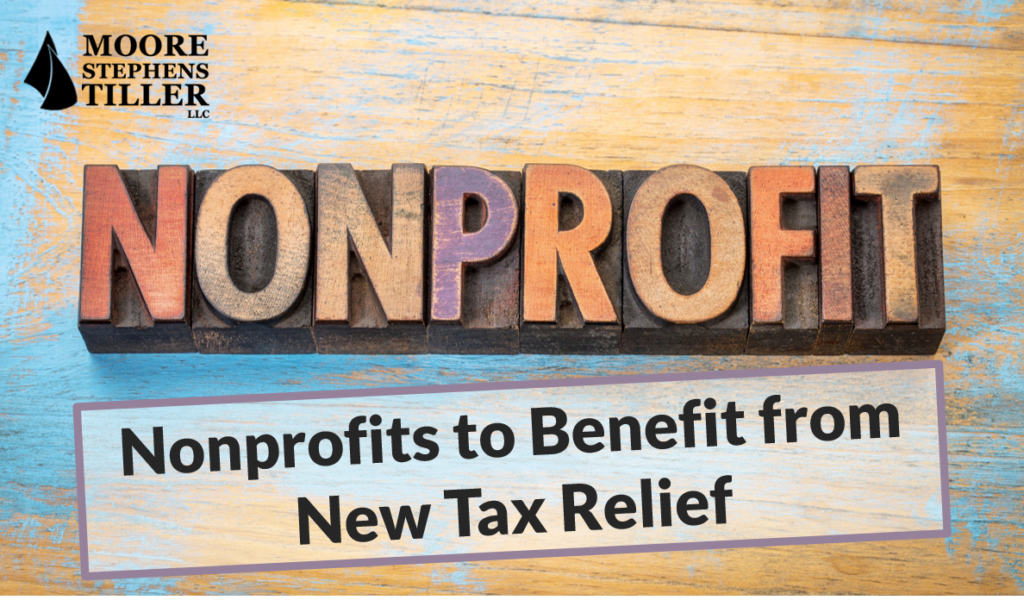
The Taxpayer Certainty and Disaster Tax Relief Act of 2019, which was introduced in the House of Representatives in June 2019, was signed into law by President Trump on December 20, 2019. This was part of a spending bill designed to fund the government through September 2020.
It also includes a change that the private foundation sector has long wanted: simplification of the private foundation excise tax on net investment income. Rather than the previous tax of either 1 or 2 percent, investment income (like interest and dividends) is now subject to a revenue-neutral flat rate of 1.39 percent.
The Previous Problem
Administering the excise tax on investment income had always been difficult because of its complex rules that were based on even more complex formulas. 2 percent was the standard tax, but private foundations would have been able to reduce it to 1 percent if its charitable distributions met specific distribution requirements in a given year.
This is no longer a possibility. All nonprofits will now pay 1.39 percent.
The two-tiered system required continuous monitoring of and adjustments to both grants and investments.. Further, private foundations sometimes shifted the timing of grantmaking in an effort to achieve optimal tax results. The Act has solved both of these problems.
Other Positive News
The Tax Cuts and Jobs Act of 2017 included a change to the tax code that would prove to be very unpopular. Nonprofit employers were suddenly required to pay a 21 percent tax on transit and parking benefits they offered to their employees, reported as Unrelated Business Income (UBIT) on a Form 990-T. This would be enforced even if:
- Employers were required to provide such benefits by local laws.
- Employers used a pretax salary reduction to pay them.
The Taxpayer Certainty and Disaster Tax Relief Act of 2019 repealed this tax on parking fringe benefits retroactively. This means that if you paid the tax on your 2018 returns and plan to on your 2019 returns, you are owed a refund. We’re waiting for guidance from the IRS on how to handle this; stay tuned.
The Act also relaxed the rules for deductions claimed for donations to public charities that were earmarked for disaster relief. Prior to this new legislation, contributions to 501(c)(3) organizations could not exceed 60 percent of the individual taxpayer’s AGI. Corporate taxpayers were limited to 10 percent of taxable income.
The 60 and 10 percent limits are now gone, as long as the funds were clearly donated for disaster relief and those directives can be documented. As with the parking fringe benefits change, this change is retroactive; it affects donations made for the 2018 and 2019 tax years.
Challenging Tax Calculations
Your private foundation shouldn’t have too much trouble adjusting to the new 1.39 percent excise tax on net investment income. But if you paid the 21 percent tax on parking fringe benefits or donated more than the allowed limit to disaster relief efforts in 2018 or 2019, you’re going to need our help to learn how the IRS wants these retroactive tax law changes handled. You may also want help implementing the changes on your tax returns. We’re happy to help; just contact us for a consultation.
